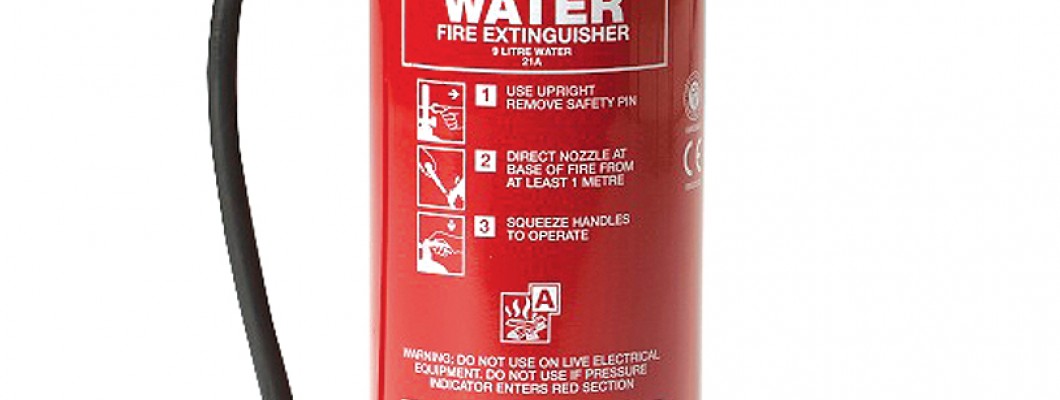
How to Identify Water Fire Extinguishers
Water Extinguishers can be easily identified by the RED coloured section that is labelled water. They should also have a Fire extinguisher ID sign fitted
nearby.
What types of fire are they suitable for?
These extinguishers contain just water.
Water extinguishers can be used on the following:
Class A fires involving some combustible solids, such as paper and wood.
Please note that water extinguishers are not suitable for use on Class B (Flammable Liquids), Class C (flammable gases), Class D (flammable metals) or Class F (cooking oils / fats). They should also never be used on Class Electrical fires, as there is a high risk of electrocution, as water can conduct electricity.
How do Water Fire Extinguishers work?
Water fire extinguishers are an excellent choice to combat Class A fires. The water is sprayed out at high pressure to help smother the flames and the spray can cover a large surface area. The water cools the fire and helps to contain the flames and put it out rapidly. As they contain no harmful chemicals they are safe to use and do not have a negative environmental impact.
Where to 'fit' Fire Extinguishers
To meet regulations fire extinguishers should be fixed in a permanent position; this is to discourage them from being moved around. There should always be one available within 30m of occupants and not obscured by any items, such as furniture.
As well as being fitted in place they should also be paired with their relevant ID sign. The ID sign provides users with a quick and easy means of identifying the fire extinguisher as well as the types of fire it is suitable to be used on. These signs are designed to protect staff, visitors and guests by minimising risk in the case of an emergency.
Where should you use Water Extinguishers?
If
your premises has a high fire risk from fires involving flammable solids then water extinguishers are a good choice. They are often used in warehouses, paper mills, textile factories etc. They are also suited to domestic use, especially in bedrooms and living rooms. They pair well with CO2 Extinguishers,
as this covers the electrical fire risks likely to be found within these environments.
For more information on the different types of Fire Extinguishers available follow the link to our Short Guide to Fire Extinguishers blog and take a look at our full range of Fire Extinguishers and IDs, to make sure that you have the right kind of extinguisher for your property to help keep everyone safe in the event of a fire.
If you have any questions about any of our products then please get in touch with our knowledgeable customer service team who will be happy to assist you.

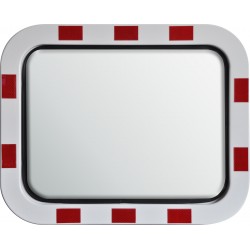
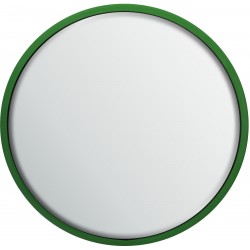
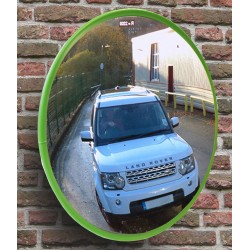
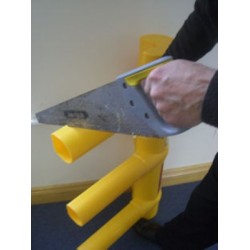
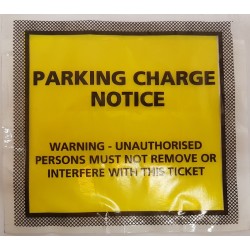
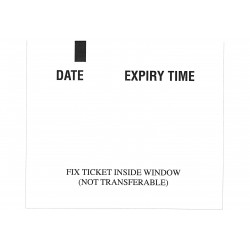
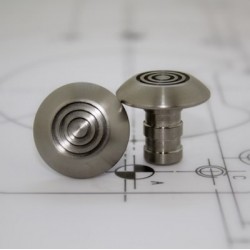
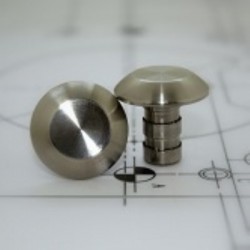
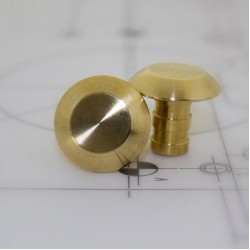
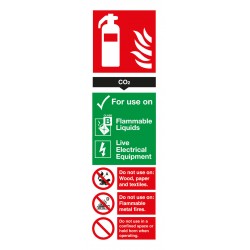
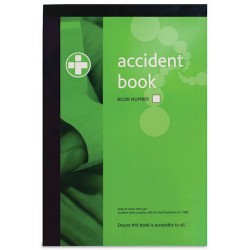
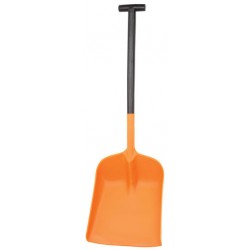
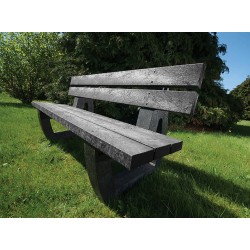
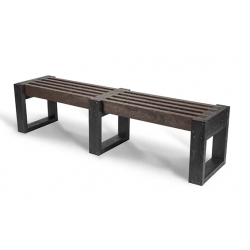
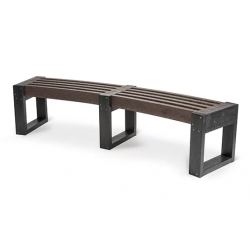
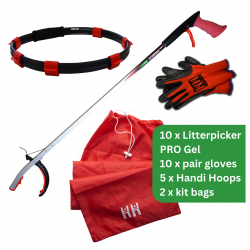
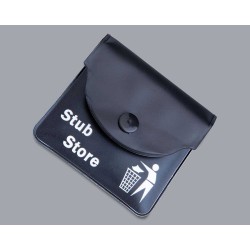
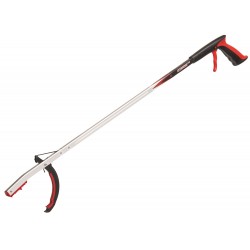
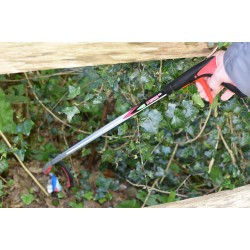
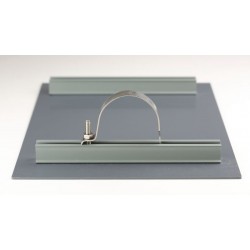
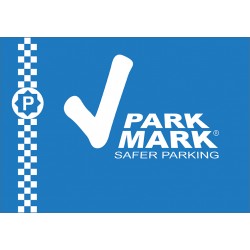
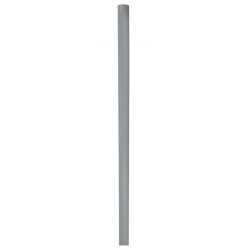
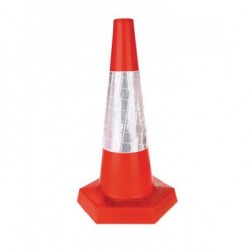
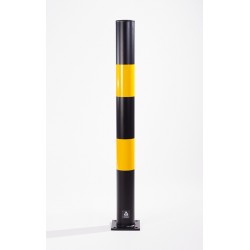
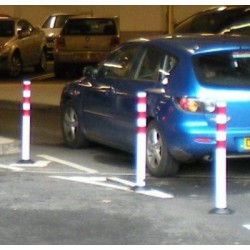
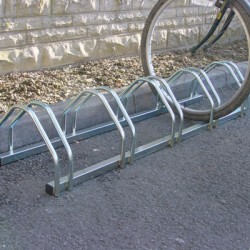
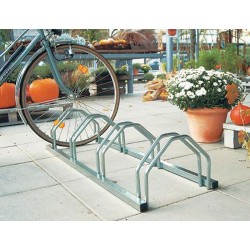
Leave a Comment